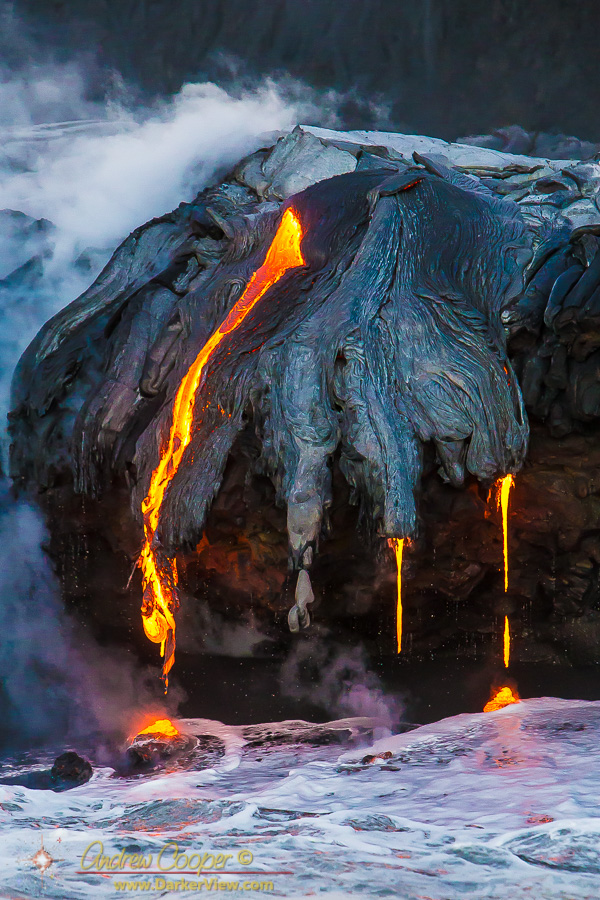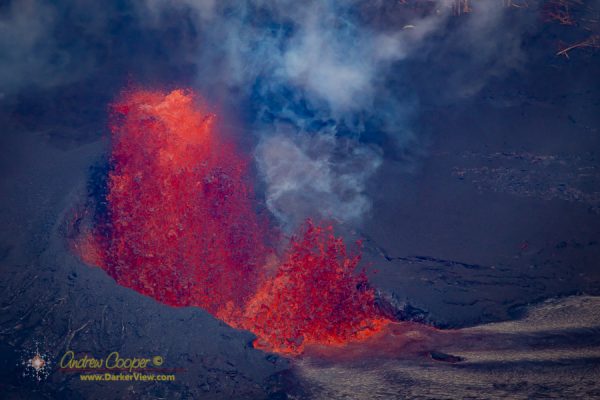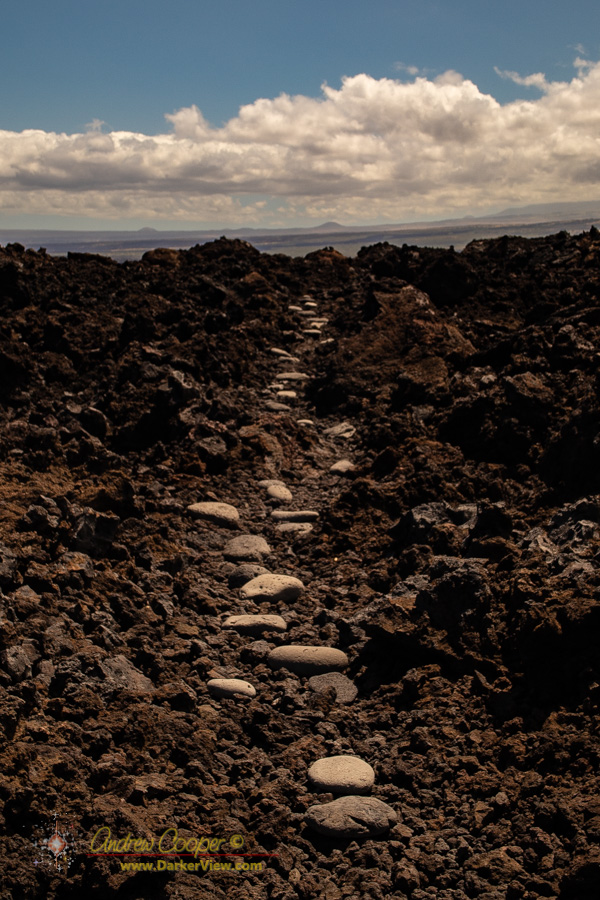
Tag: lava
Gazing into The Caldera

A Changing Landscape
A tale of two lava lakes, of a landscape altered in way so dramatic it is hard to comprehend.
We think of solid rock being the ultimate in permanency, something about the world that should never change, at least in the span of a few months. Geologic change takes thousands of years, not less than one, it just seems wrong when this rule is violated.
Places we once stood, or parked a car, a hiking trail across a plain of solid rock… All gone in a dramatic upheaval. A parking lot the lies upon a block of rock the size of a supertanker, sitting hundreds of feet below where I once parked the car. Change is the reality of an active volcano.
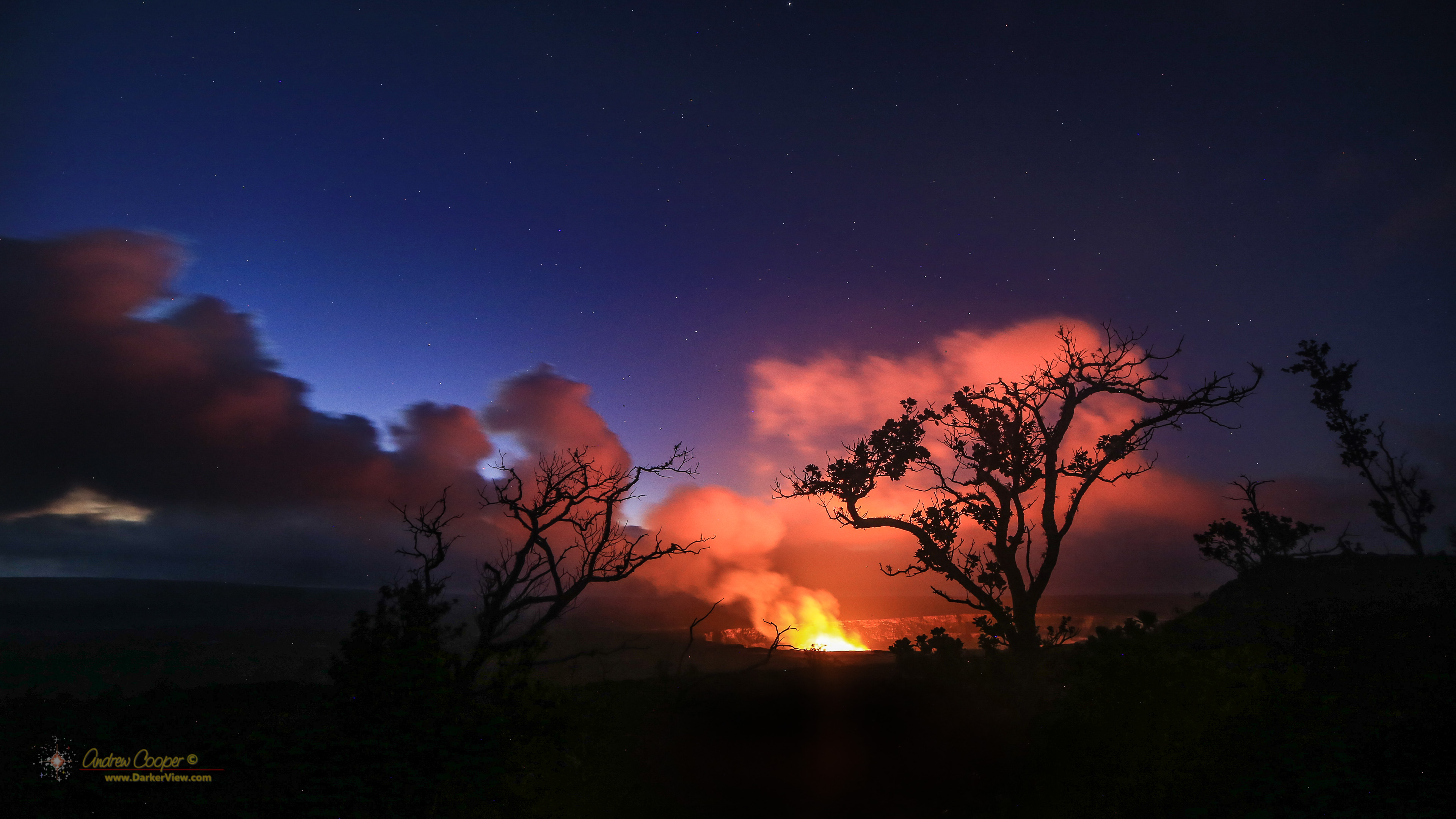
I have seen change on this scale once before when Mt. St. Helens removed a mountain top that stood upon the horizon of childhood memory. Here at Kilauea the change was a bit slower, but no less dramatic.
I look across that caldera and note the places that are the same, the places that are gone. I may understand what has happened and how, but still some parts of my mind insist that this just cannot be true… Solid rock should not disappear or crumble like a cookie.

The return of lava to the crater seems like a return of normalcy. There was lava here for years, there should be lava here. Perhaps the lava will cover over that yawning pit that should not be. Fill the yawning chasm that affronts my senses so.
Perhaps, if the crater continues to fill, flooded to the rim with new lava, a new caldera floor will form, the cycle complete. Perhaps it may be possible to once again walk across the floor of Kilauea Caldera.
Lava Crowd

Visiting the New Lake
The lava burst forth from the crater wall just before Christmas. After two years of quiet the volcano has again erupted. Within hours the lake of water that had been slowly growing had been boiled away in a huge plume of steam.
I knew within minutes that an eruption had begun, tapped into the island grapevine. While I considered making a midnight run across island I had to bow to the needs of life and regretfully went to bed.
Now well into the new year I finally had a chance to photograph the new lava lake.
Continue reading “Visiting the New Lake”Lava Monster
Lava Fountain
Trickle
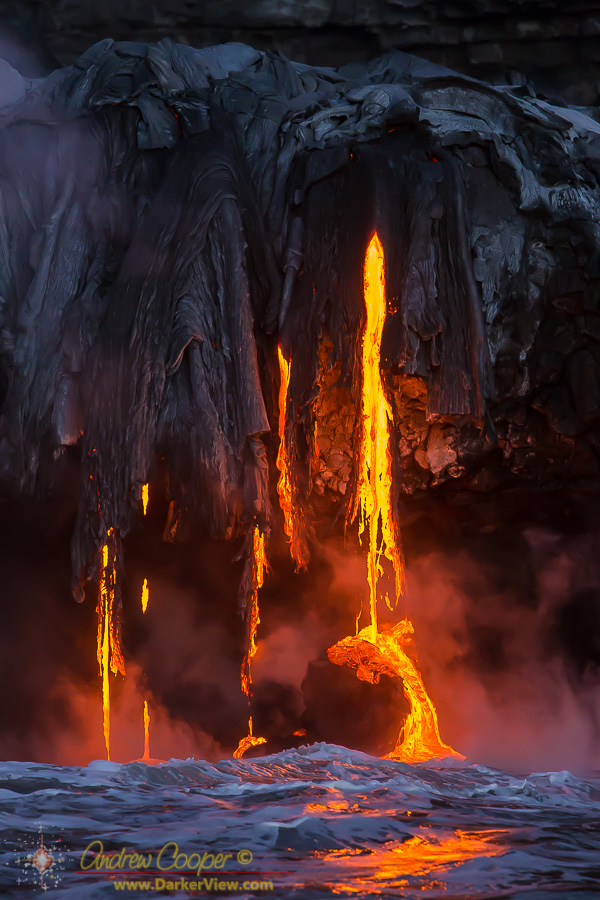
Coastal Trail
Please Define Normal
We are now more than two months into this new eruption from Kilauea. Two months ago the fissures opened in the Leilani Estates subdivision and homes began to burn.
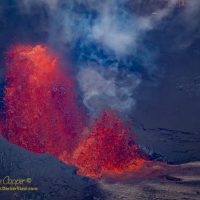
For those of us outside the eruption zone things are not quite as immediate. We read the daily news, peruse images of helicopter overflights each morning, and wonder when it will be over.
The multiple county civil defense status reports and various emergency alerts that pop up on our phones each day provide current information… A bit of the Mamalahoa Highway has collapsed in Volcano Village with a one lane restriction, the road to Kalapana has re-opened, there is no tsunami threat from that last 5.4 magnitude earthquake.

For the most part these events pass unnoticed by much of the island. The volcano area gets shaken up pretty well, but these fifth magnitude quakes are often not felt very far beyond that.
On the summit of Mauna Kea these daily quakes often do disturb the telescopes at night, bumping the tracking and ruining exposures, but otherwise too weak to cause any damage to the facilities.
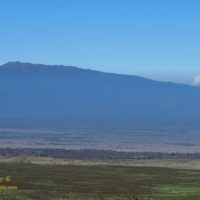
When the vog is bad you not only see it, you smell the sulfur, it irritates eyes and nasal passages. Fire and brimstone reaches out to touch us all.
While the vog makes for spectacular sunsets, the vog can also be thick enough to curtail outside activity. A day like today, with brisk trade-winds to clear it away, is a welcome relief.
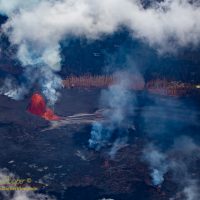
I have not attempted to go to photograph the lava river, despite a very strong desire to do so. The county and state have repeatedly talked about opening a lava viewing area. while there is a great deal of pressure from the community, so far nothing has materialized.
We are so ready for this eruption to be over.
Given the collapse of the summit caldera and the enormous volume of lava emitted so far, it may be possible that when this is over there will be no further eruption for a while. It may take a while for the volcano to recharge, perhaps a year or two. Will we return to the pattern of intermittent eruptions that was seen through much of the 20th century?


